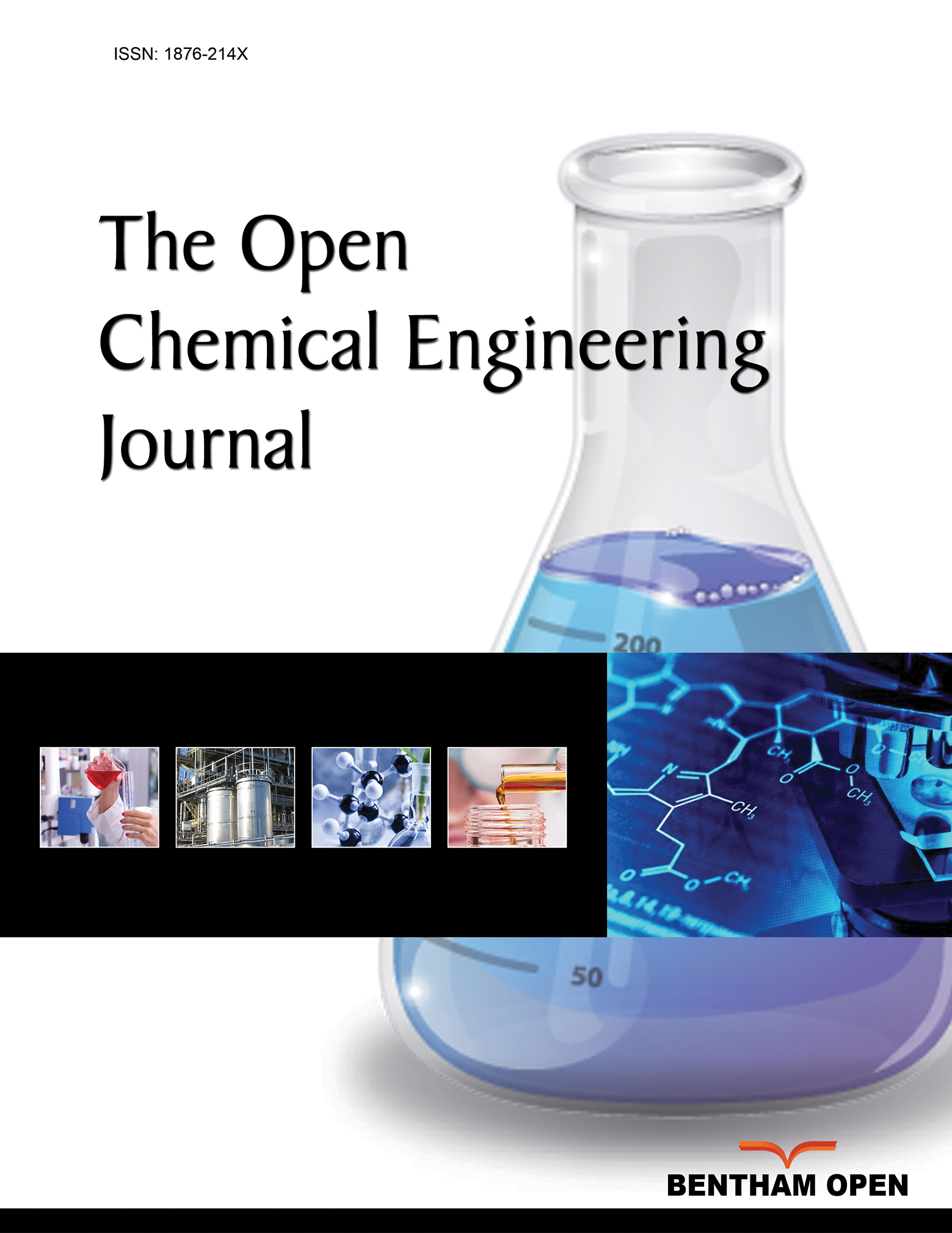All published articles of this journal are available on ScienceDirect.
Mechanical and Structural Properties of Epoxy Resin-Allyl Guar Gum Composites
Abstract
Introduction:
Guar gum is a non-ionic polysaccharide extracted from the endosperm of Cyamopsistetragonalobus. Guar gum and its derivatives are water-soluble hydrophilic polysaccharides, and hydrophobic modification is required to increase its compatibility in a polymer matrix.
Objectives:
The present study investigates the synthesis of allyl-modified guar gum (AGG) and epoxy resin composites. The mechanical properties of the prepared composites with varying concentrations of filler (allyl guar gum) in the range of 0.5-4.5 wt% have been evaluated. The mechanical and structural properties of the prepared composites have been investigated using Universal Testing Machine (UTM) and Scanning Electron Microscope (SEM), respectively.
Methods:
The epoxy composites were prepared by casting technique using allyl guar gum as the filler. The polymer-filler interactions varied with the contents of the filler.
Results:
The tensile strength was found to be enhanced up to 13% at 0.5% concentration of AGG. The % elongation at break values followed an opposite trend as compared to the tensile strength data of the composites. The observed mechanical properties have been correlated with the fracture morphology of the composites.
Conclusion:
A better dispersion, that is, polymer-filler interactions, improved the tensile strength of composites, while poor interactions declined the tensile strength. It is reported that max tensile strength can be obtained at 0.5% concentration of allyl guar gum (AGG1). The maximum increase in % elongation at break was 25% for AGG2-based epoxy composite at 3% of filler concentration.


